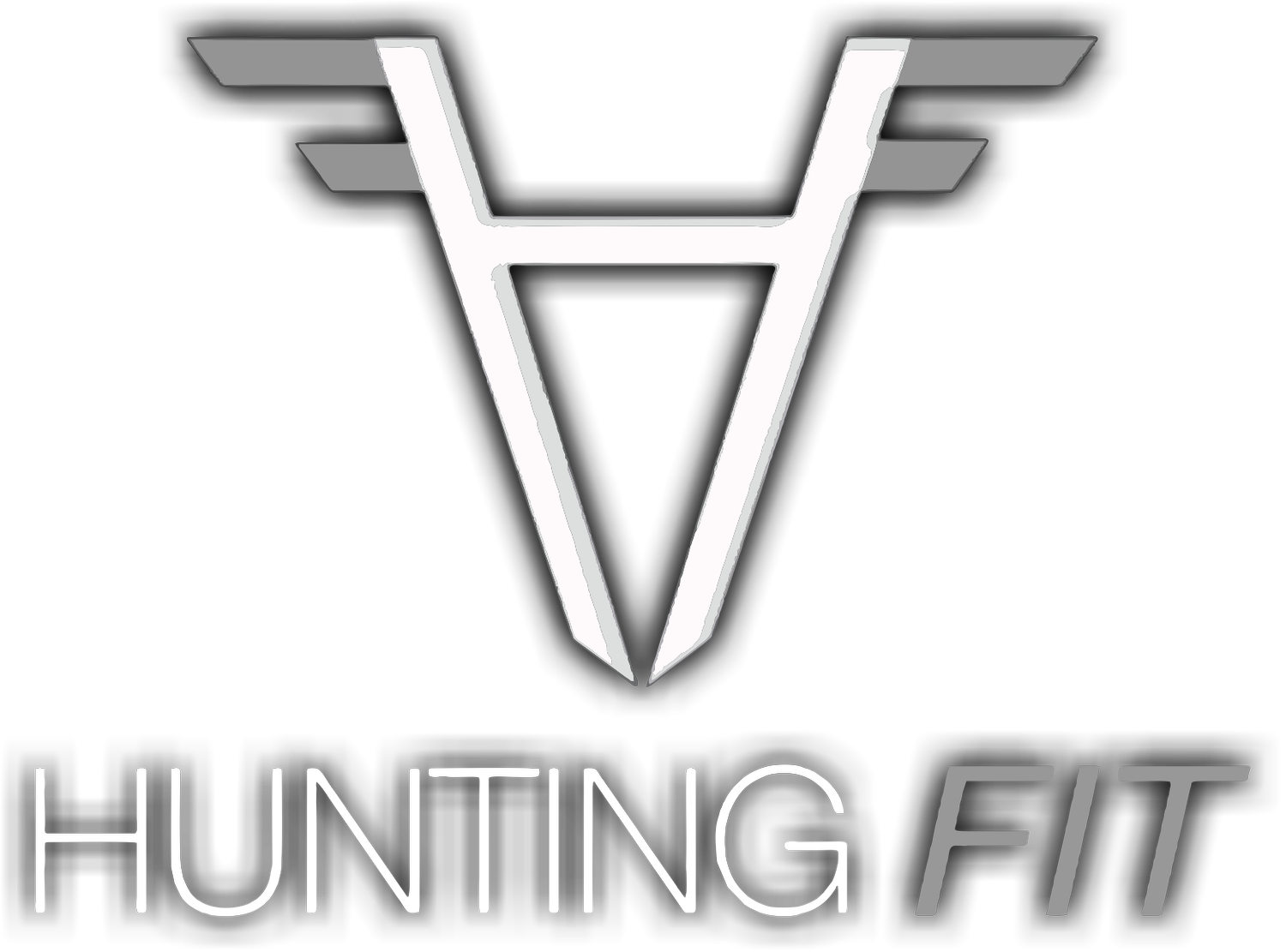Functional Exercises Continued: Lateral Lunges and Side Planks
 Last week I discussed functional exercises and the three planes of motion (Sagittal, Frontal, and Transverse) and twisting front lunges. Today I would like to give you a few exercises to work the Frontal plane and improve your strength and motion side to side. This plane does not receive a ton of attention in lot of exercises and lifts. However, as a hunter athlete there are many instances in which we move side to side. Some examples include stepping from your climbing sticks onto your treestand, moving around or over obstacles, and side hilling just to name a few. It’s imperative that we work these muscles to reduce the potential for injury in the field and improve our overall balance to avoid falls.Lateral LungeThis movement is similar to a regular lunge except you are stepping to the side instead of forward (or reverse). What this does is requires your legs to work individually rather than together (as in a squat) and gets you moving in the Frontal plane. Believe it or not this is a pretty challenging exercise. As you begin to get more comfortable with the movement you can begin adding weight with a medicine ball or similar piece of equipment. The lateral lunge works the glutes, abductors (outer thighs), quads, adductors (groin), and tranverse abdominus (the core muscles on either side of your six pack). A couple items to note when executing this exercise is to make sure you keep your bent knee behind your toes , your opposite leg stays straight, your chest is up, and of course make sure your back is flat.
Last week I discussed functional exercises and the three planes of motion (Sagittal, Frontal, and Transverse) and twisting front lunges. Today I would like to give you a few exercises to work the Frontal plane and improve your strength and motion side to side. This plane does not receive a ton of attention in lot of exercises and lifts. However, as a hunter athlete there are many instances in which we move side to side. Some examples include stepping from your climbing sticks onto your treestand, moving around or over obstacles, and side hilling just to name a few. It’s imperative that we work these muscles to reduce the potential for injury in the field and improve our overall balance to avoid falls.Lateral LungeThis movement is similar to a regular lunge except you are stepping to the side instead of forward (or reverse). What this does is requires your legs to work individually rather than together (as in a squat) and gets you moving in the Frontal plane. Believe it or not this is a pretty challenging exercise. As you begin to get more comfortable with the movement you can begin adding weight with a medicine ball or similar piece of equipment. The lateral lunge works the glutes, abductors (outer thighs), quads, adductors (groin), and tranverse abdominus (the core muscles on either side of your six pack). A couple items to note when executing this exercise is to make sure you keep your bent knee behind your toes , your opposite leg stays straight, your chest is up, and of course make sure your back is flat.
The photo on the left shows how to execute a side plank while the picture on the right also demonstrates the side plank position and highlights the muscles used.Adding these two movements will continue to strengthen your core while aiding in your range of motion and stability when moving side to side. Of course if you are not familiar with these exercises be sure to get professional assistance if need be. Let’s face it, our bodies move in all directions while on a hunt and we need to train it to handle these situations and conditions. These two exercises are just another tool to add to your arsenal to better prepare yourself for success.
